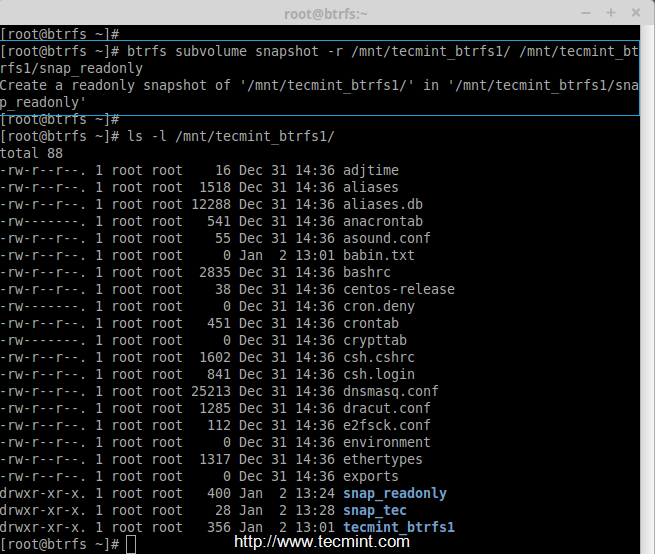Readonly File System
Cast [ ] • as Noh Deok-hoon • as Joo In-ah • as Han Jae-kyung • Kim Byung-choon as Boo-jang • Chun Sung-hoon as Kim Jin-ho • as So-young • Son Hee-soon as Jae-kyung's mother • Hong Hyun-chul as Jae-kyung's father • Kwon Sung-min as Sung-min • as Joon-seo • Jung Se-hyung as doctor Choi Yeon-Woong • as Byung-soo • Kim Ok-kyung as guardian 1 • Ban Hye-ra as guardian 2 • Hong Won-bae as radio DJ • Lee Joo-shil as Deok-hoon's mother () • as Noh Deok-joo () Release [ ] My Wife Got Married was released in on October 23, 2008. My wife got married summary.
This page is my attempt to popularize the idea of using Linux distributions with their root filesystems mounted in read-only mode. This is somewhat different from the recent trend from Live CD makers, who would typically use unionfs and require several files in /etc to be writable for the system to even boot.
Read only file system on Android. Not all phones and versions of android have things mounted the same. Limiting options when remounting would be best. Simply remount as rw (Read/Write): # mount -o rw,remount /system Once you are done making changes, remount to ro (read-only): # mount -o ro,remount /system.
In a typical GNU/Linux software stack system (desktops, laptops, phones, appliances etc.), most of the contents of the root filesystem is the static application data, which only changes when you upgrade or install new packages. The only locations that need to store serious data and be writable during normal work are /home and /var. Other directories in the filesystem either don't need disk representation ( /tmp, /proc, /sys, /dev, /media) or it is not desired for them to be writable while in normal operation ( /usr, /lib, /boot, /bin, /sbin, /etc). All the Linux boxes I manage run with their root file-systems mounted in read-only mode, and in many cases these read-only file systems reside on flash memory. Why should I put system files on a cheap pendrive, even if a machine has a hard drive for storing users' data? For one thing, it's faster. How is it that a pendrive is faster than a hard drive?

The trick is, it's very fast for read-only access of small blocks and it's a separate drive, so disk-intensive operations performed in home directories do not interfere with reading application data. Rationale Below is a quick list of what I think are important benefits from using a read-only root filesystem. When you realize precisely what 'read-only root' means, you will easily see that below points are indeed true and in fact you may even think of more reasons. Stability The behavior of the system and applications is perfectly reproducible if the user does not install or remove any packages. Privacy Users can easily enforce all the data to stay in volatile memory whenever they need to.
Additionally, this layout enforces a better separation between system and user data. Any problems with this separation are immediately visible. Performance One can use a different physical drive for read-only partitions, thus avoiding disk scheduler waits. Cost and power efficiency Lowered disk wear and power consumption.
Read-only partitions can reside on flash memory sticks without decreasing performance. Security Yet another layer of security for malicious software to overcome. Possible to ensure it on hardware level. User-control If an user is aware of remounting file systems, he can ensure that no changes are done unwillingly. Direct thin-client infrastructure No need to prepare special images for multiple-client boot. Direct Live-CD creation File systems and kernels do not require special preparation before burning. No shortcomings All the directories of file system tree that need to be accessed for writing can be mounted on separate partitions, so this imposes no limits on system usage.
Unionfs is not suitable It does not allow to remount a file system to read-write mode and permanently install some packages. Also, it is a huge waste of memory. Frequently Asked Questions How to switch my existing system to readonly root?
File System Fat 16
The process typically consists of two steps. Firstly, you need to ensure that boot scripts never remount root filesystem to ' rw' mode. While performing this operation, you probably shouldn't let the system mount any disk partition other than its root filesystem (so comment them out in /etc/fstab). In some distributions, it will suffice to add the ' ro' flag to the line that lists your root filesystem in /etc/fstab (flags are in the fourth column). If the boot scripts happily ignore the ' ro' flag in /etc/fstab, you can just remove any lines similar to ' remount whatever / -oremount,rw' from all places where they could be executed automatically. After you do this, you can boot your system repeatedly and continue fixing boot scripts until you are sure that they never remount the root filesystem. It is safe to do this by trial and error, because even if the system doesn't work too well, a read only partition cannot be corrupted.
Exfat File System

Changing Permissions Of Read-only File System
You can be virtually sure that after you execute this step, your system will print lots of error messages and many programs will stop working. It is not dangerous when the only mounted partition is read-only. The second step is just fixing all errors, as it is discussed in the answer to the next question.
What do I need to change in my system to make it work properly with read-only root? If you want your current system fully functional with read-only root filesystem, you will need to ensure that /var and several other locations are writable after reboot. Typically, the steps would be: - replace /etc/mtab with a symlink to /proc/mounts, - add lines to /etc/fstab that will cause tmpfs to be mounted on /tmp, /media, and /root. if you use a dynamic /etc/resolv.conf (e.g.